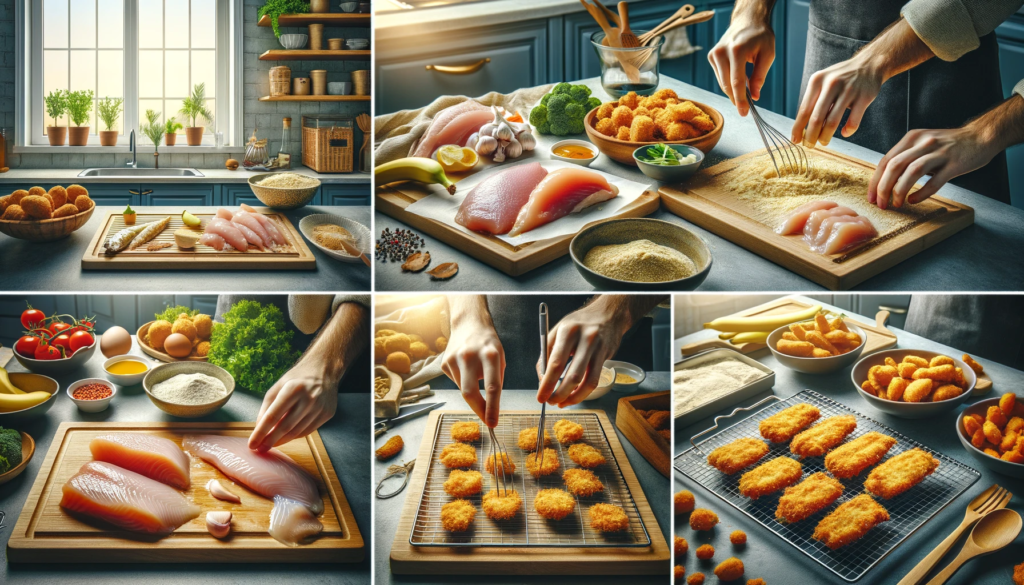
Different cultures have their unique take on breaded foods, each with specific resting times. For example, Japanese Tonkatsu requires a precise resting time to achieve its iconic crunch, while Italian Milanese has its distinct preparation method. Understanding these variations can broaden your culinary skills and appreciation for international flavors.
The Role of Resting in Nutritional Value
Resting can also impact the nutritional profile of breaded food. It helps in evenly cooking the food, ensuring that the nutrients are well-preserved. Proper resting can also reduce the amount of oil absorption during frying, making the dish slightly healthier.
Resting Breaded Food: A Comparative Analysis
Different types of breadings, like panko, breadcrumbs, or batter, have their own ideal resting times. Panko might require less resting time due to its coarser texture, while a finer breadcrumb coating might need a longer period to set.
Innovative Resting Techniques for Breaded Food
Modern cooking techniques have introduced innovative resting methods, such as flash-freezing breaded foods before cooking, which helps in retaining the coating’s integrity and ensuring even cooking.
Addressing Common Queries: FAQs
- Does resting time vary for frozen breaded foods? Yes, frozen breaded foods usually require a shorter resting time since they’re already set and ready for cooking.
- Can I rest breaded food in the refrigerator? It’s best to rest breaded food at room temperature unless specified otherwise in a recipe.
- How does humidity affect the resting time? High humidity can make the breading soggy faster, so it’s important to adjust the resting time accordingly.
- Is resting necessary for all types of breaded foods? While most benefit from resting, some quick recipes may not require it.
- Can I re-bread food if the first coating falls off? Yes, you can reapply the breading if needed, but ensure the food isn’t too wet before doing so.
- How do I know if the food is properly rested? The breading should look slightly moist and adhere well to the food.
How Long Should I Let the Breaded Food Rest Before Cooking?
For an optimal balance of flavor and texture, the general rule is to let breaded food rest for 15-30 minutes before cooking. This time frame allows the breading to properly adhere to the food and absorb enough moisture to create a crisp exterior when cooked.
Conclusion
Mastering the art of resting breaded food is key to achieving culinary perfection. By understanding the science behind it and following these guidelines, you can elevate your breaded dishes from good to great. Remember, patience in preparation can lead to a delightful dining experience.

